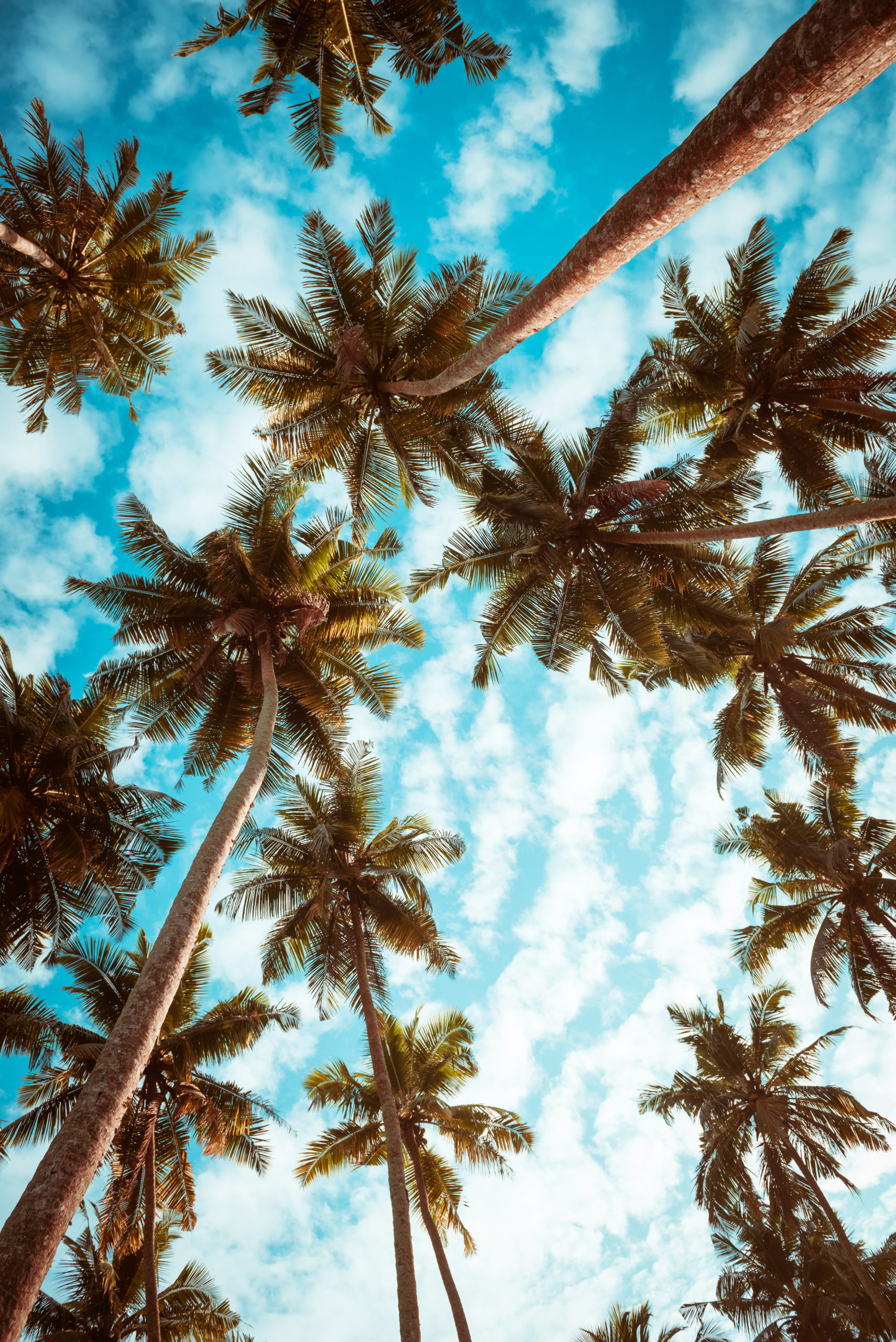The Florida Keys are a legendary destination—a coral island chain stretching more than 100 miles into the turquoise waters of the Atlantic Ocean and Gulf of Mexico. Known for stunning sunsets, world-class diving, laid-back vibes, and unforgettable road trips, the Keys are made up of over 1,700 islands.
But here’s the big question: what are the names of the Florida Keys?
Let’s explore the Keys by region and highlight the islands you’ll want to know when planning your trip.
The Upper Keys (Closest to Miami)
Gateway to the Keys, about an hour from Miami.
Major Upper Keys:
- Key Largo
- Tavernier
- Plantation Key
- Windley Key
- Upper Matecumbe Key
- Lower Matecumbe Key
Why Visit? Snorkeling at John Pennekamp Coral Reef State Park, fishing in Islamorada, and waterfront dining.
The Middle Keys (Heart of the Overseas Highway)
The Middle Keys are known as the “family-friendly” center of the island chain.
Major Middle Keys:
- Long Key
- Conch Key
- Duck Key
- Grassy Key
- Marathon (on Vaca Key)
- Boot Key
- Key Colony Beach
- Fat Deer Key
Highlights:
- Dolphin Research Center (Grassy Key)
- Sombrero Beach (Marathon)
- Historic Pigeon Key
✨ Where to Stay:
Glunz Ocean Beach Hotel & Resort is located in Marathon, making it the perfect central hub for exploring the entire Keys. From here, you’re just a short drive north to Key Largo or south to Key West, with beaches, dining, and ocean views right outside your door.
The Lower Keys (Relaxed & Natural)
Fewer crowds, more nature.
Major Lower Keys:
- Big Pine Key
- No Name Key
- Torch Keys
- Ramrod Key
- Summerland Key
- Cudjoe Key
- Sugarloaf Key
- Saddlebunch Keys
- Big Coppitt Key
- Stock Island
Why Visit? Kayak the backcountry, spot endangered Key deer and unwind before hitting lively Key West.
The Famous Finish Line: Key West
- Key West (MM 0–4)
Home to Ernest Hemingway’s house, Duval Street nightlife, Mallory Square sunsets, and the Southernmost Point landmark.
Bonus Keys & Outliers
- Dry Tortugas – 70 miles west of Key West
- Bahia Honda Key – beautiful beaches
- Sunset Key & Wisteria Island – near Key West
- Marquesas Keys & Loggerhead Key – remote and wild
Mile Marker Breakdown
Driving the Overseas Highway? These stops matter:
- MM 107–91: Key Largo
- MM 90–74: Islamorada
- MM 70–47: Marathon area
- MM 40–30: Lower Keys
- MM 4–0: Key West
Northern Keys in Biscayne National Park
- Elliott Key
- Adams Key
- Totten Key
- Old Rhodes Key
- Boca Chita Key
- Ragged Keys
- Soldier Key
FAQs About the Florida Keys
Q: How many Florida Keys are there?
A: More than 1,700, but only about 40 are accessible by car.
Q: Which Key is best to stay in?
A: Marathon is ideal, it’s central, family-friendly, and offers direct access to both the Upper and Lower Keys. Plus, Glunz Ocean Beach Hotel & Resort sits right on the water for the ultimate Keys experience.
Q: What’s the best beach in the Keys?
A: Bahia Honda State Park is consistently ranked among Florida’s best.
So, what are the names of the Florida Keys? From Key Largo to Key West, and from the Dry Tortugas to the northern islands in Biscayne National Park, every island has a story.
Whether you’re diving, fishing, kayaking, or chasing sunsets, the Keys deliver. And if you want the perfect base to experience it all, Glunz Ocean Beach Hotel & Resort in Marathon is centrally located and ready to welcome you with oceanfront comfort and Florida Keys hospitality.
